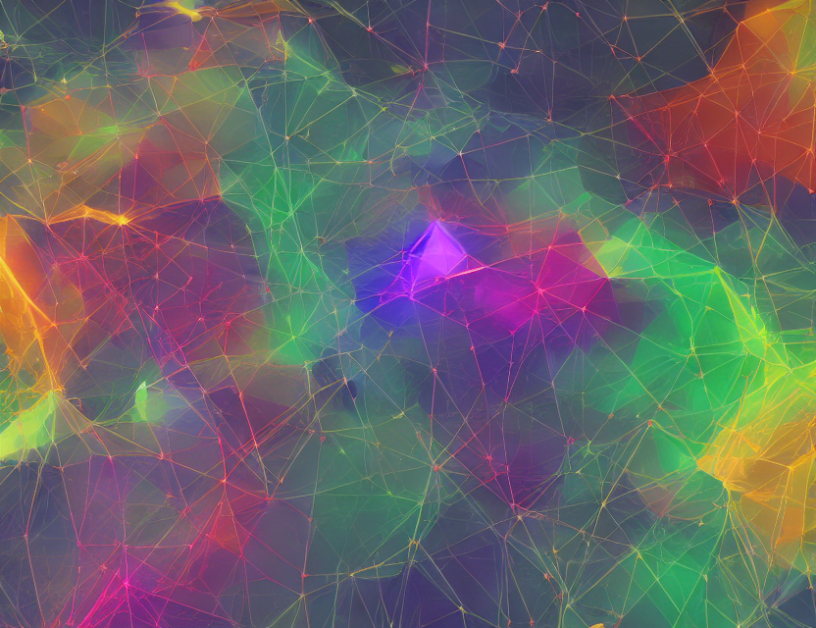In this research paper, the authors investigate the use of different methods for improving the generalization of deep neural networks in the context of image classification tasks. They explore various techniques, including generating synthetic images using diffusion models and simple nearest neighbor retrieval. The results show that retrieval is a strong competitor to data augmentation, especially when it comes to scaling behavior. In fact, adding 100% retrieved images would require augmenting with approximately 400-500% synthetic images to reach the same performance level.
To explain this concept in simpler terms, think of data augmentation as a tool that helps deep learning models generalize better by providing them with more training data. However, generating large amounts of synthetic data can be computationally expensive and time-consuming. In contrast, retrieval is like a magic wand that allows us to use existing images to improve the performance of our models without having to create new ones.
The authors also demonstrate that their best-performing diffusion model has better scaling behavior than other methods, including simple nearest neighbor retrieval. However, when it comes to data efficiency, retrieval is more effective since it leverages existing images rather than generating new ones.
In summary, the article highlights the potential of simple nearest neighbor retrieval as a promising method for improving the generalization of deep neural networks in the context of image classification tasks. By leveraging existing images, retrieval can be more data-efficient and scalable than generating synthetic data using computationally expensive methods like diffusion models.
Computer Science, Computer Vision and Pattern Recognition
Impact of Data Augmentation on Deep Learning Models: A Comparative Study



